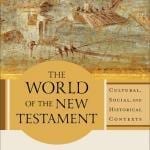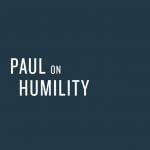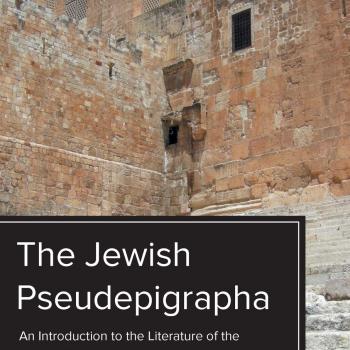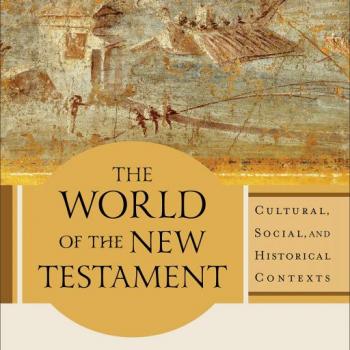
 John J. Collins and Daniel C. Harlow, ed. Eerdmans Dictionary of Early Judaism (Eerdmans, 2010).
John J. Collins and Daniel C. Harlow, ed. Eerdmans Dictionary of Early Judaism (Eerdmans, 2010).
Book Description:
This comprehensive and authoritative volume is the first reference work devoted exclusively to Second Temple Judaism. A striking and innovative project, it combines the best features of a survey and a reference work:
- 13 major essays synthesizing significant aspects of Judaism in the period between Alexander the Great and the Bar Kokhba Revolt
- 520 alphabetical entries, many with cross- references and all with select bibliographies
- 130 illustrations, including photos, drawings, and plans
- 24 maps
- 270 authors from 20 countries
The Eerdmans Dictionary of Early Judaism is ecumenical and international in character, bringing together the contributions of a superb group of Jewish, Christian, and other scholars. With equal attention paid to literary and nonliterary (archaeological and epigraphic) evidence, this substantial volume will prove to be an invaluable resource for scholars, students, and general readers alike.
From the Editors: Daniel C. Harlow says:
The Eerdmans Dictionary of early Judaism (EDEJ) is a handy reference work because in a single, convenient volume it gives students a comprehensive and authoritative introduction to Second Temple Judaism (Judaism in the Persian and especially the Greek and early Roman periods). It is the first reference work devoted to this field of study. It is truly international in scope—some 270 scholars from 20 countries contributed to it. All of them are experts in the field. The subject matter covered in the volume is important not only for studying early Judaism itself but also for understanding the Jewish background and context of the New Testament.
Distinctive Features: Daniel C. Harlow says:
There are three distinctive features of the Eerdmans Dictionary of early Judaism (EDEJ) worth mentioning. First is that it combines the best features of a survey and a reference work. The 520 alphabetically arranged articles—all with select bibliographies—are preceded by 13 major essays that synthesize all the major aspects of early Judaism. Second, the EDEJ gives equal attention to both literary evidence and nonliterary evidence such as archaeological sites and written remains in papyri and inscriptions. Third is that the New Testament writings are given attention as evidence for Judaism in the first century A.D.
Nijay’s Notes:
This is an essential volume to own, up-to-date and written by top scholars. It’s a bit expensive, but worth it!
About the Author:
John J. Collins is Holmes professor of Old Testament Criticism and Interpretation at Yale Divinity School and has served as president of both the Society of Biblical Literature and the Catholic Biblical Association. His many books include Beyond the Qumran Community, King and Messiah as Son of God, The Bible after Babel, and The Apocalyptic Imagination.
Daniel C. Harlow is professor of biblical, early Jewish, and early Christian studies at Calvin College, Grand Rapids, Michigan.












